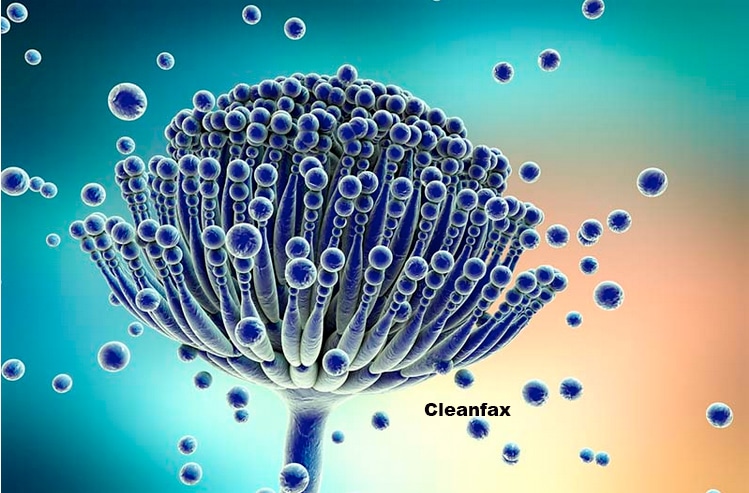Mycotoxins may be regarded as an undetectable enemy. It is often not visible
to the naked eye and difficult to diagnose.
“Sampling errors creep in as the fungus may grow in pockets in the silo or
storage bin making it easy to not sample the affected feed. Furthermore, once
the clinical signs appear in pigs, the affected feed may already be eaten and
gone once a sample is required. Retention samples suffer the same predicament
and are thus not always useful in the diagnosis, though it is always
recommended to keep them for other queries,” says Dr Caraleigh Stander of CS
Vet.
In light of the stealthy and insidious nature of mycotoxicosis, what is one
to do about protecting the piggery against it?
Dr Stander suggested the
following:
• Good management of silos and storage. Keep the moisture content as low as
possible, clean out bunkers and silos frequently. Properly wash and dry
feeders.
• Be aware of the potential mycotoxin challenge. Regularly test feed and source
raw materials from reliable suppliers.
• The first solution to pollution is dilution. When using contaminated feed, do
so wisely. Blend the offending feed in with uncontaminated feed to reduce the
risk. Feed contaminated rations to lower risk animals (for example, feed
Zearelenone contaminated feed to finisher pigs and not to the producing sows
and gilts).
• Use mycotoxin binders. There are two broad classes of mycotoxin binders:
Inorganic binders such as those containing charcoal or mineral clays are aimed
at adsorbing the toxins. Organic binders that have enzymes and yeasts
inactivate the toxic secondary metabolites.
The South African Pork Producers’ Organisation (SAPPO) coordinates industry interventions and collaboratively manages risks in the value chain to enable the sustainability and profitability of pork producers in South Africa.
















